12-15 March 2023 An estimated 2 million died in Cambodia in 1975-1979 under the Khmer Rouge, about a quarter of the Cambodian population. I was a young man then. It happened in my lifetime, in my neighborhood. A barbarity beyond words, the enormity unimaginable, by Cambodians on Cambodians. I watched the movie The Killing Fields back then; I still see fields of bodies and bones. The howling within earshot and the blood splattered on my clothes. This is not history, not to me.
I have arrived in Phnom Penh, its capital, from Siem Reap. I could not just sail past it.
First, I visited Choeung EK, about 17 km from Phnom Penh. This was a most unusual holiday visit with visitors. Nobody had any mood to greet anyone. The usual joy on their faces turned choked pale. We were greeted with a display of hundreds of skulls, each skull marked to differentiate death inflicted by axe, blade, etc. Our hearts weighed so heavy we were dragging our feet around the killing field. We were pained.
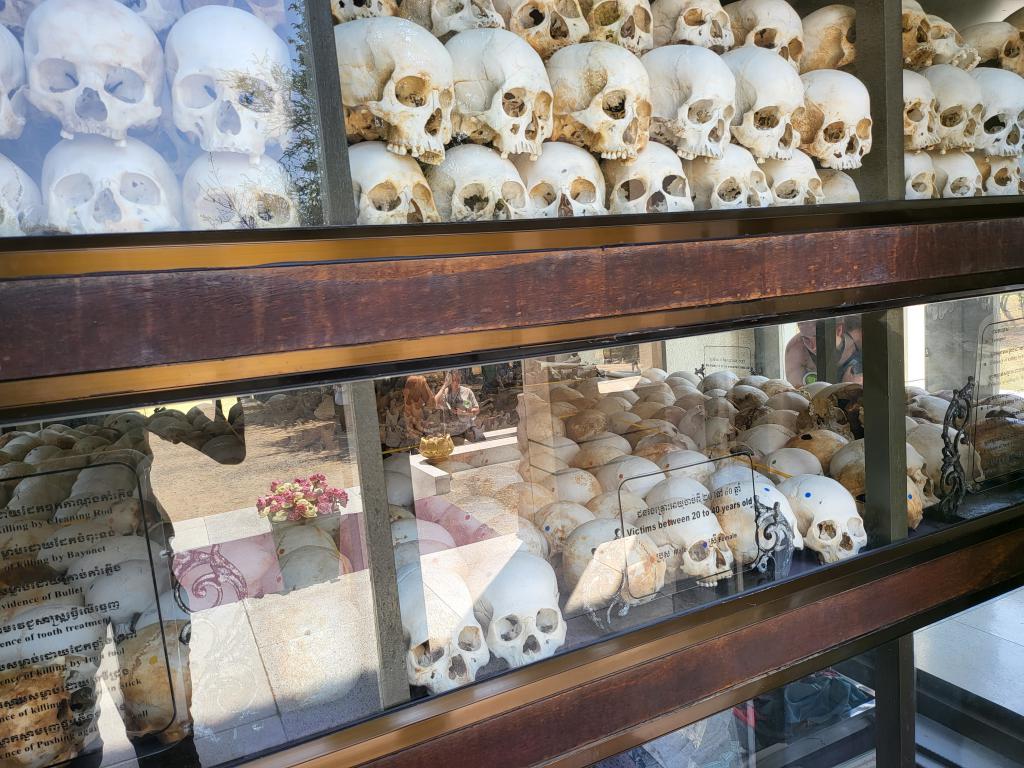

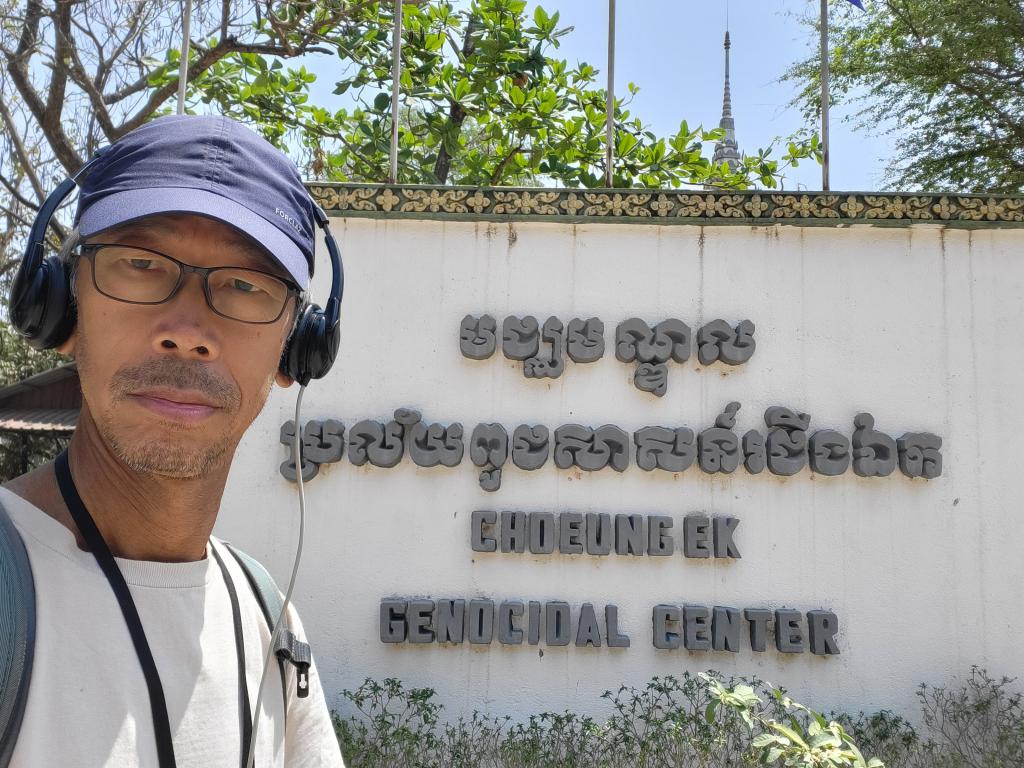
I then went to Tuol Sleng Genocide Museum, previously a secondary school, used by the Khmer Rouge as a prison and interrogation center, as Security Prison 21. Barbed wire could be seen wrapping the front of all the floors of a building block to prevent prisoners from jumping to their deaths. Classrooms were partitioned into small cells for incarceration. Beds and instruments of torture were displayed. Hundreds of photos of both victims, men and women, were displayed. Only a handful of them made it out alive.
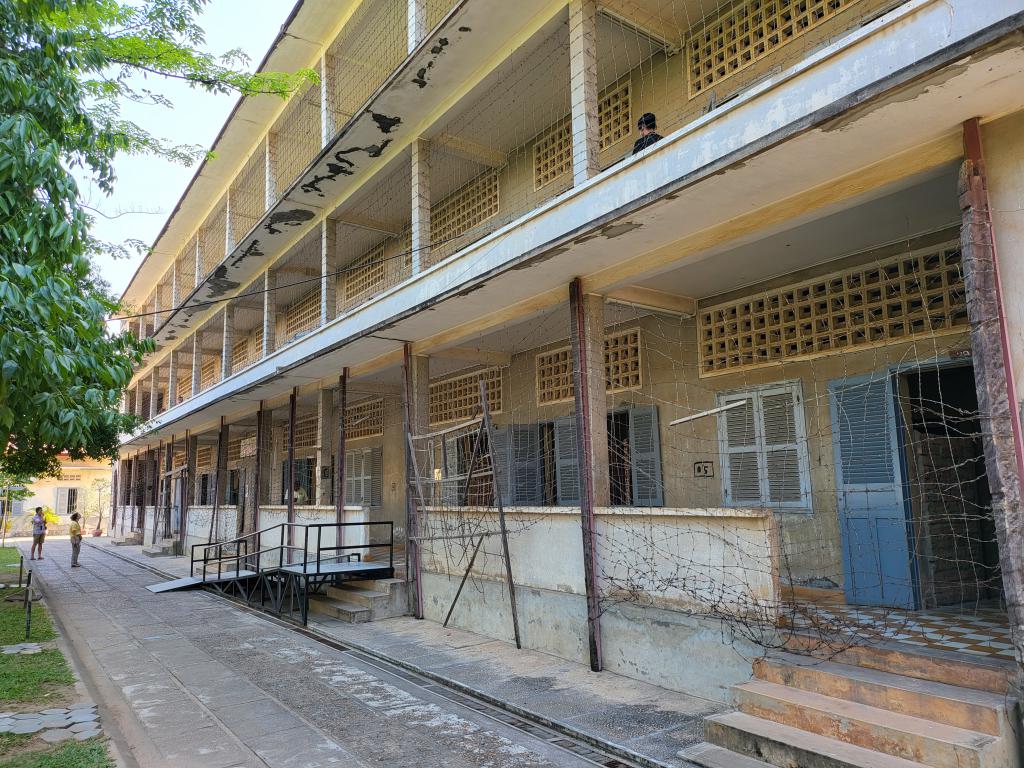
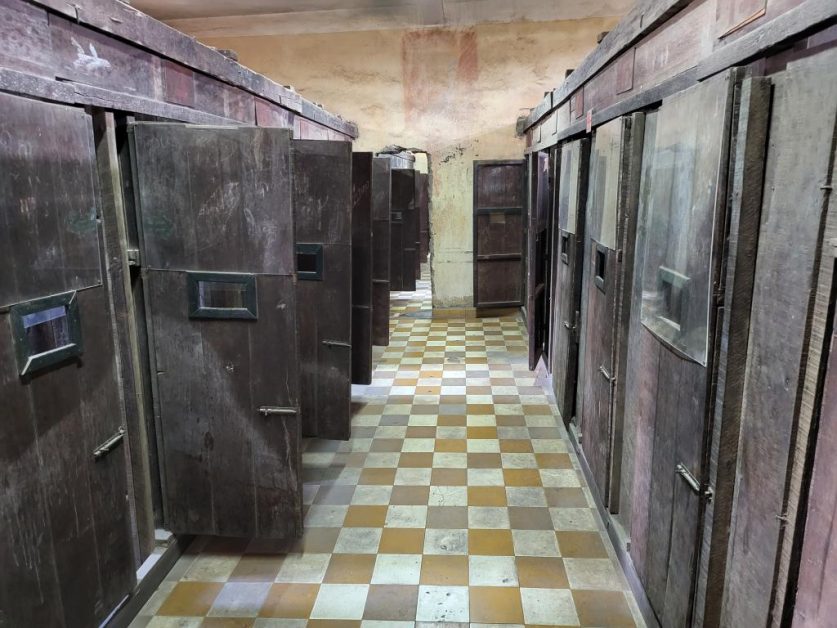
The greatness of Angkor, and the evil of the genocide – the extremes of Cambodia.
The brain is fragile. It can be conditioned and possessed. This is when evils are hatched.
We saw and are seeing it again in some parts of the world. We never learn.
Those lost souls should prompt soul searching.
Phnom Penh today:
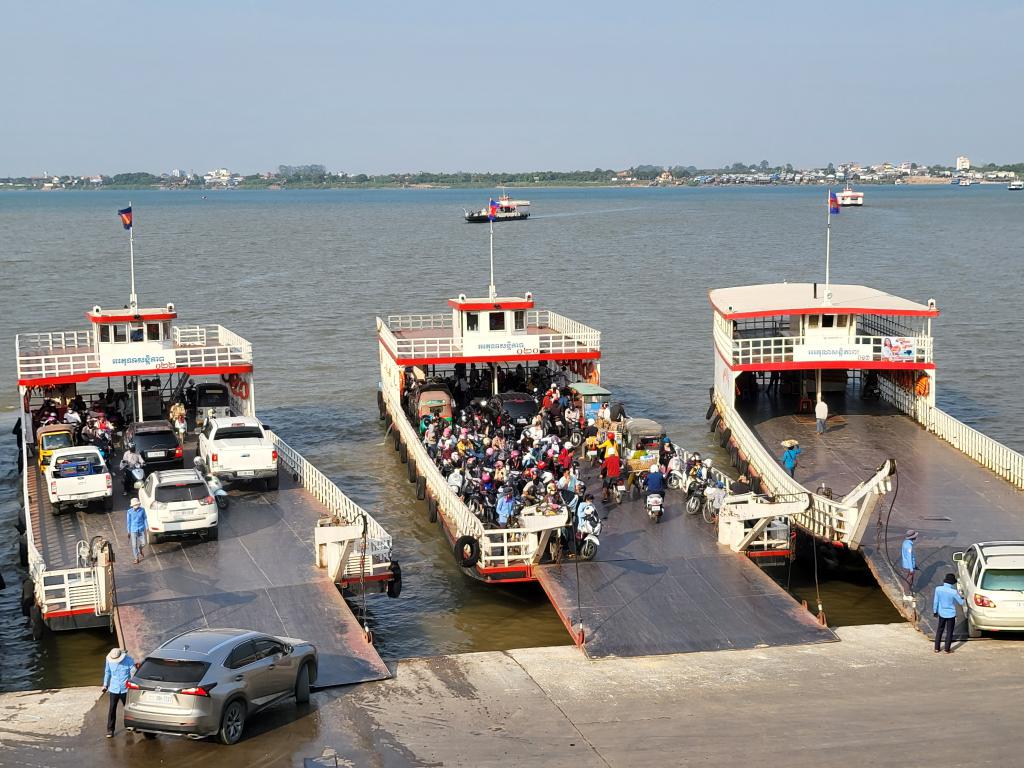
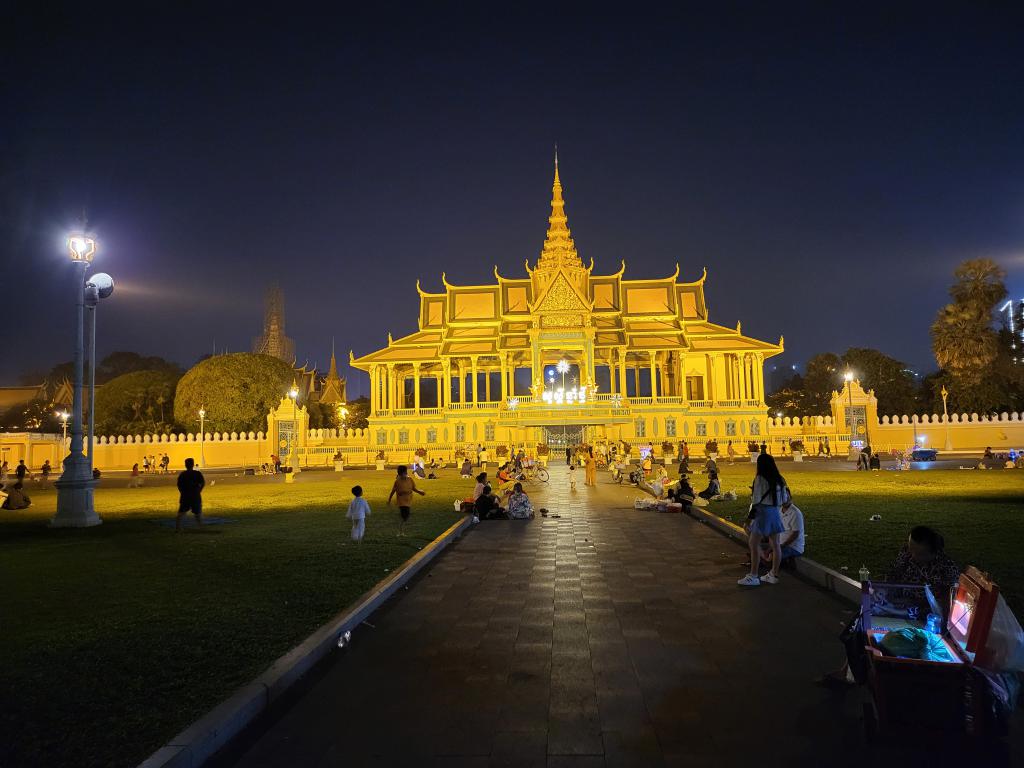
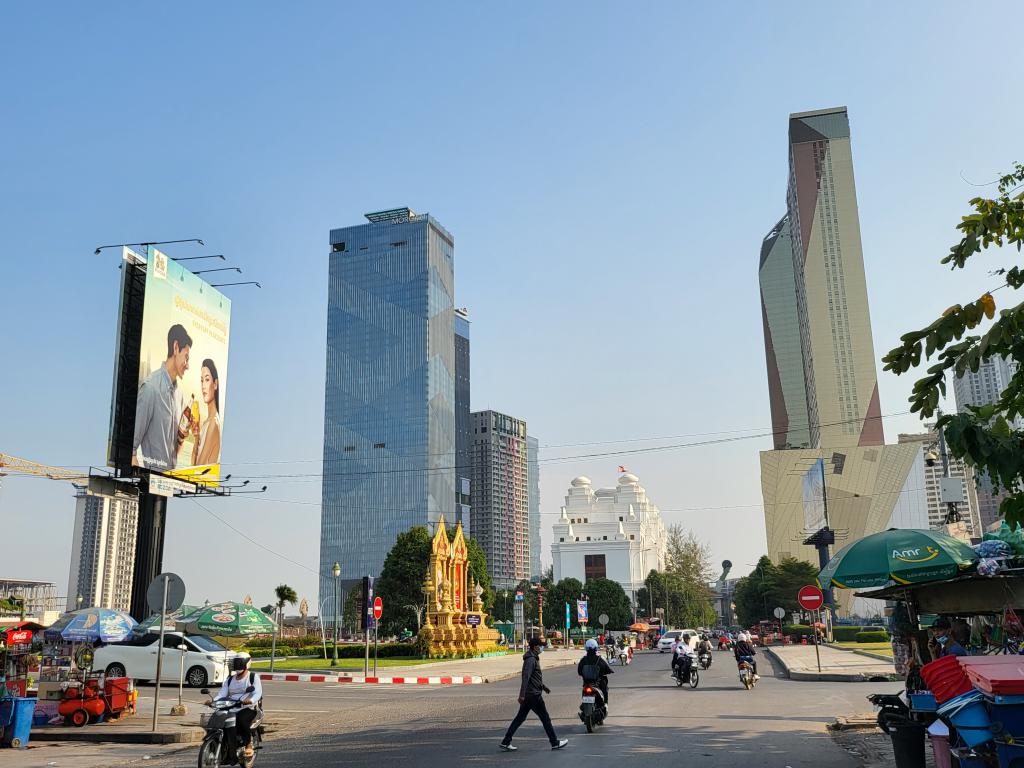
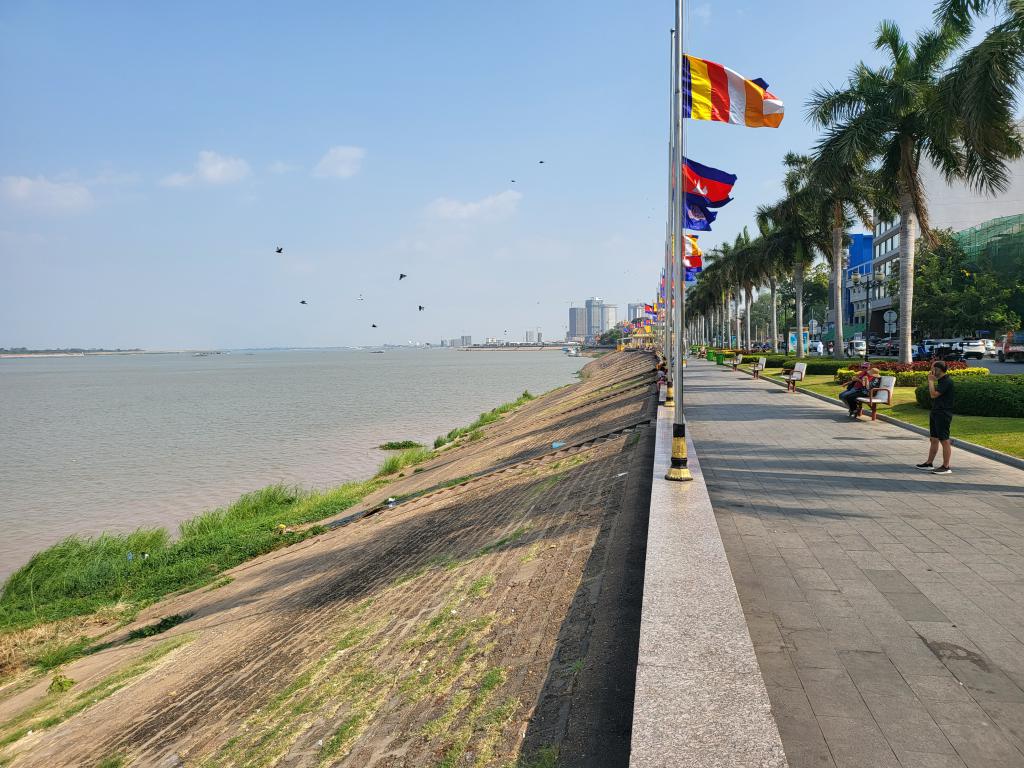
Click here to see all the stops on this trip
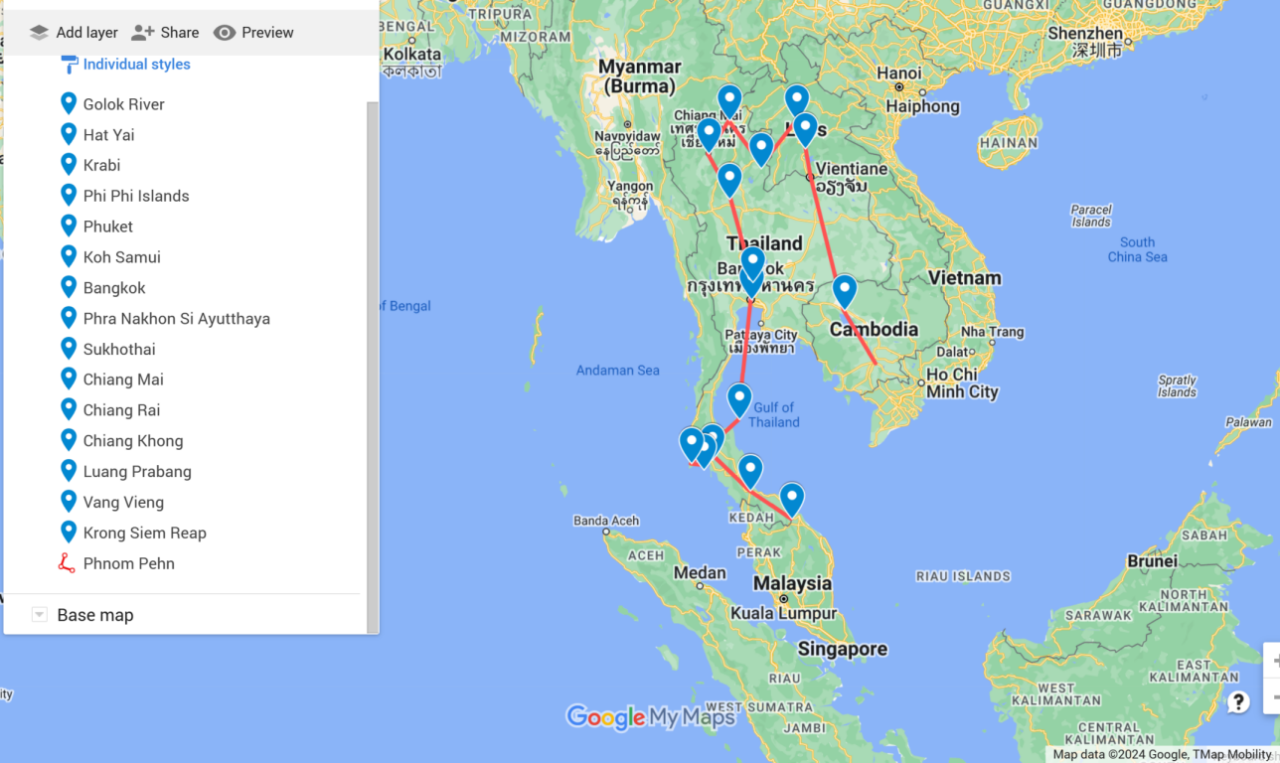
Hey there, Bangladeshi sports fans! Found 4rabetbangladesh, and gotta say, it’s pretty cool. Good odds, lots of sports to bet on, and the site’s easy to navigate. Definitely worth checking out for your next punt! 4rabetbangladesh
Had a bash at zcazagoo and I gotta say, it’s a bit different. Takes a bit of getting used to, but once you do, it can be quite addictive. Check it out and see if it’s your cup of tea: zcazagoo
Yo, Kingpk999game is my go-to for quick gaming sessions. Keeps me entertained on my commute! Check it out kingpk999game.